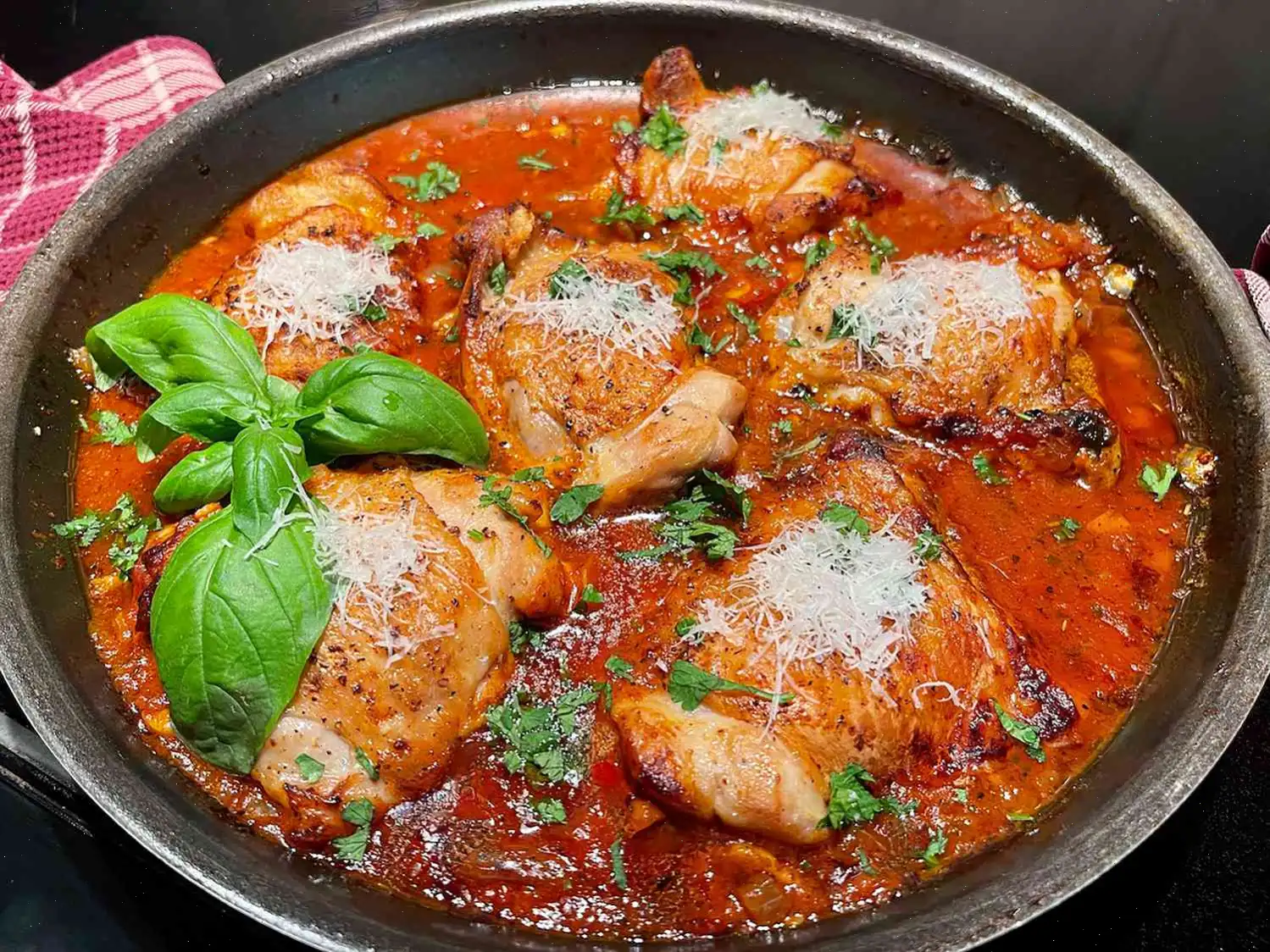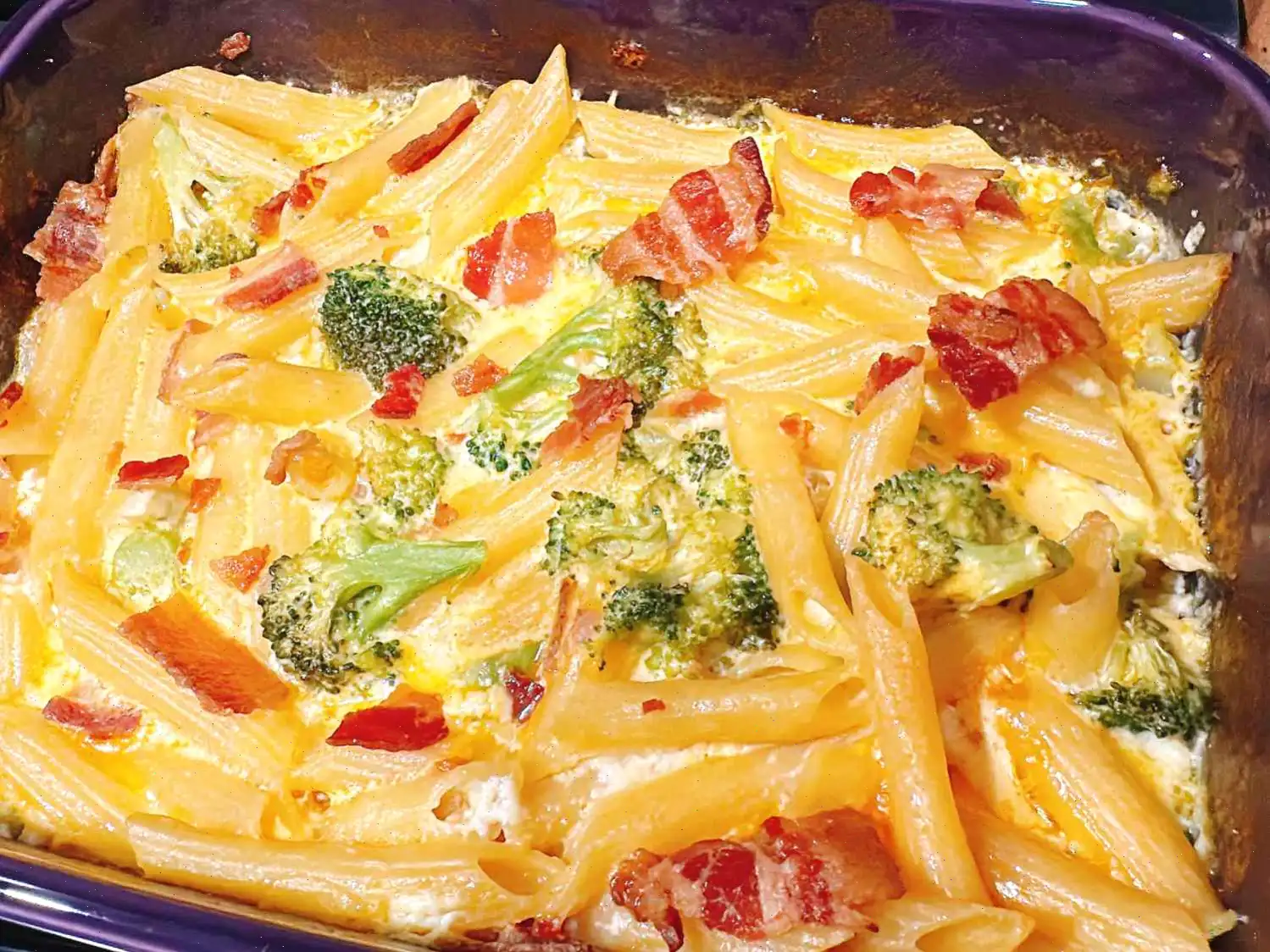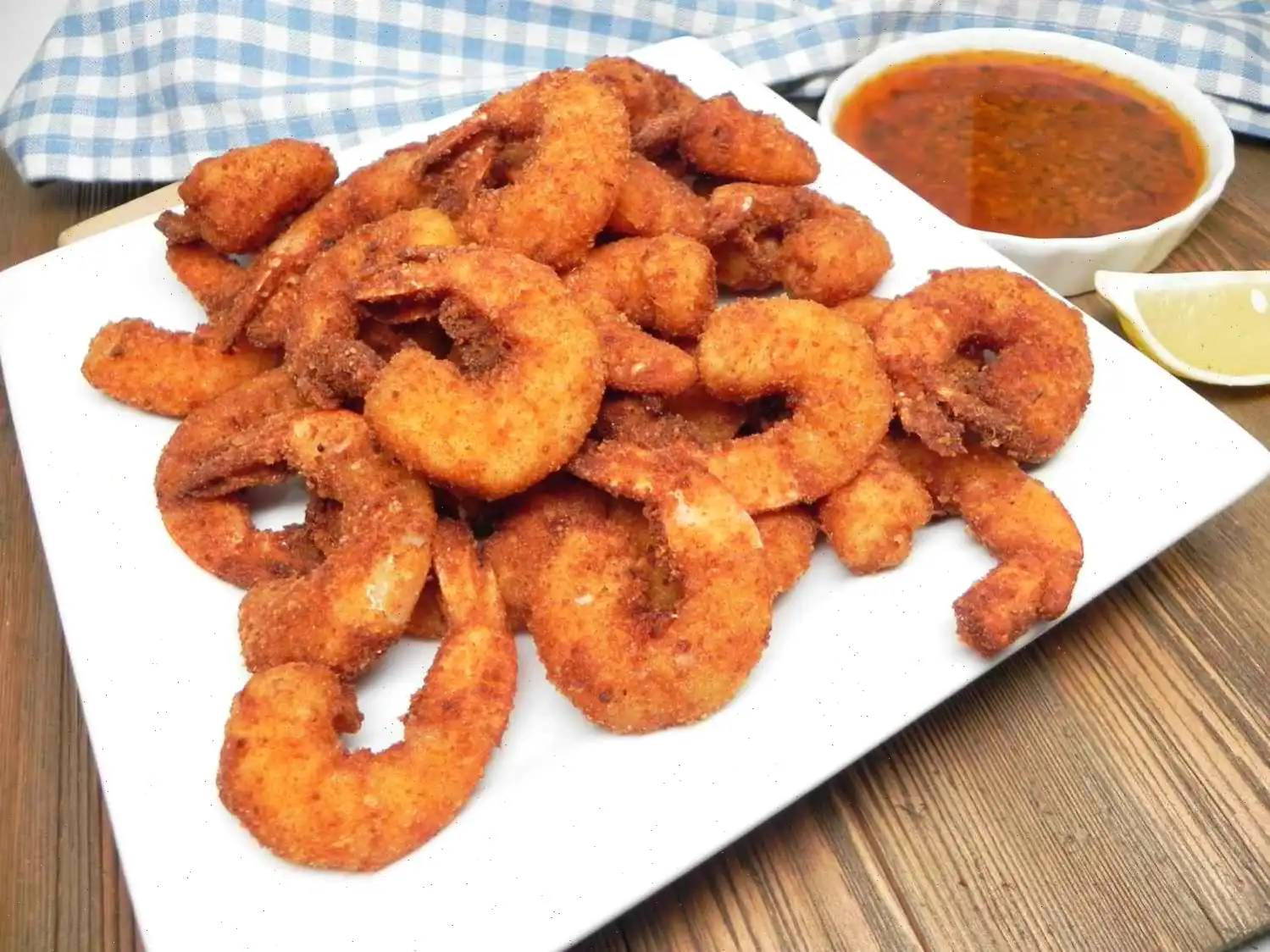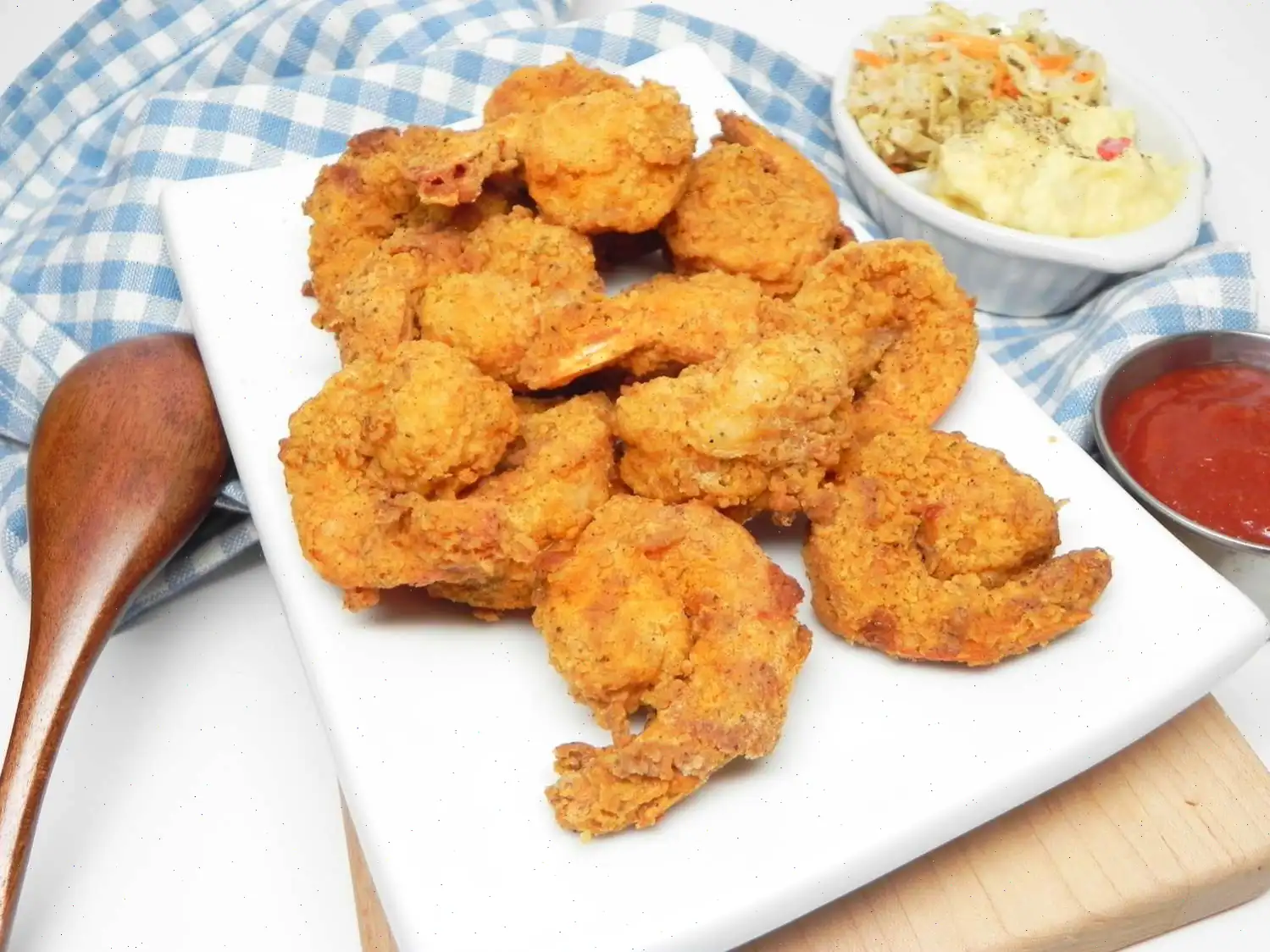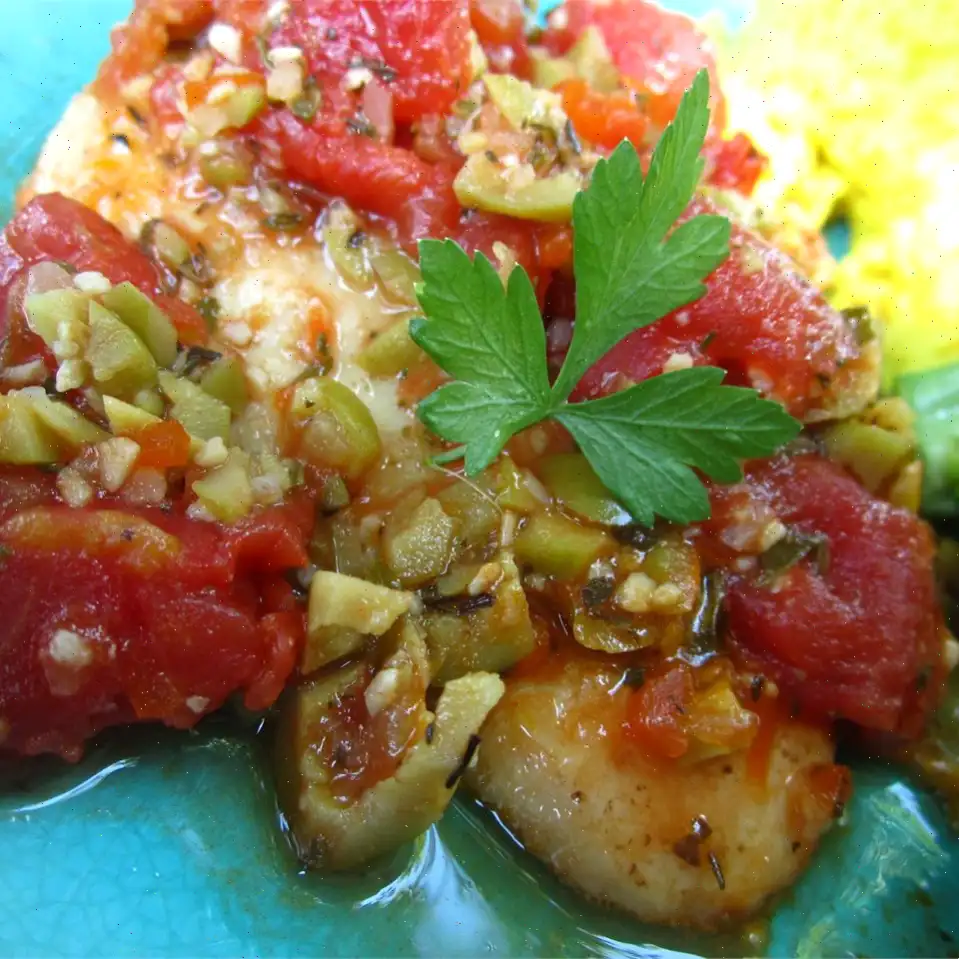
Spinach Artichoke Pasta Recipe
Ingredients
- 6 ounces frozen chopped spinach, thawed
- 16 ounces fettuccine
- 1/2 cup pasta water, or as needed
- 8 ounces cream cheese, at room temperature
- 1/2 cup heavy cream
- 2 cloves garlic, minced
- 3/4 cup shredded Parmesan cheese
- 1/3 cup shredded mozzarella cheese
- 1/3 cup sour cream
- 1/4 cup mayonnaise
- 1 1/2 cups canned artichokes, drained and chopped
- Salt and freshly ground black pepper, to taste
- Fresh herbs, for garnish (optional)
Directions
- Place thawed spinach between several layers of paper towels. Roll it up like a jelly roll and press firmly to remove excess moisture. Unroll the spinach, fluff it with a fork, and set aside.
- In a large pot, bring lightly salted water to a rolling boil. Add the fettuccine and cook until al dente, about 8 minutes. Drain the pasta, reserving 1/2 cup of the pasta water, and set aside.
- While the pasta is cooking, cut the cream cheese into 1/2-inch chunks. Place the chunks in a non-stick skillet over medium-low heat. Add the heavy cream and stir until the cream cheese melts completely.
- Stir in the minced garlic, Parmesan, and mozzarella. Continue to cook, stirring frequently, until the cheeses melt and the sauce becomes bubbly.
- Next, add the sour cream and mayonnaise. Stir until the mixture is well blended and smooth.
- Incorporate the spinach and artichokes into the sauce, stirring until everything is evenly mixed and heated through, about 2 minutes.
- If the sauce is too thick, add the reserved pasta water, one tablespoon at a time, until the desired consistency is reached.
- Season the sauce with salt and freshly ground black pepper to taste.
- Stir the drained fettuccine into the sauce, ensuring its well coated. Garnish with fresh herbs if desired, and serve immediately.
Cooks Note
For best results, use freshly shredded Parmesan cheese. Pre-shredded Parmesan often contains anti-caking agents that can result in a less appealing texture in the sauce.
Nutrition Facts (per serving)
| Calories | 367 |
| Total Fat | 25g |
| Saturated Fat | 13g |
| Cholesterol | 62mg |
| Sodium | 365mg |
| Total Carbohydrate | 25g |
| Dietary Fiber | 3g |
| Total Sugars | 3g |
| Protein | 11g |
| Vitamin C | 6mg |
| Calcium | 219mg |
| Iron | 2mg |
| Potassium | 335mg |
The Story Behind Spinach Artichoke Pasta
Spinach Artichoke Pasta draws inspiration from the beloved American appetizer, spinach artichoke dip, which gained widespread popularity in the late 20th century. Originally, the creamy dip was a staple at cocktail parties and casual gatherings, celebrated for its rich combination of spinach, artichokes, and cheeses. As pasta became a versatile base for comfort foods, chefs began transforming the flavors of the classic dip into a heartier, more filling dish. The pasta version preserves the creamy, cheesy texture while adding the satisfying bite of al dente noodles.
Regional Variations and Features
While this dish is broadly recognized in American cuisine, regional adaptations have emerged. In the Northeastern United States, cooks often incorporate fresh spinach and homemade cheeses for a fresher, lighter flavor. In Southern kitchens, its common to enhance the sauce with a touch of garlic and paprika for added depth. West Coast versions sometimes include sun-dried tomatoes or artichoke hearts marinated in olive oil, adding a Mediterranean flair. These regional tweaks highlight local ingredient availability and culinary preferences while maintaining the dishs core essence.
How It Differs From Similar Dishes
Spinach Artichoke Pasta stands apart from traditional creamy pasta dishes like Alfredo or Carbonara because it incorporates a vegetable-forward base rather than relying solely on cream and cheese. Unlike spinach and ricotta stuffed pastas, where the greens are hidden within, here the spinach and artichokes are integrated into the sauce, giving every bite a balance of flavors. The inclusion of both cream cheese and sour cream creates a tangy richness unique to this recipe, differentiating it from simpler cheese sauces.
Common Serving Occasions
This dish is versatile enough for weeknight dinners, family gatherings, or casual dinner parties. Its often served in large bowls as a shared entre or plated individually with a garnish of fresh herbs for visual appeal. Spinach Artichoke Pasta pairs beautifully with crisp salads or garlic bread, making it a complete, crowd-pleasing meal. Some restaurants also feature it as a comforting lunch option or a lighter dinner choice for those seeking vegetable-rich comfort food.
Interesting Facts
- The combination of spinach and artichoke has a historical connection to Mediterranean cuisine, where both ingredients are commonly used in creamy dips and tarts.
- The dish became particularly popular in the United States during the 1980s and 1990s when the original spinach artichoke dip gained fame at casual dining chains.
- Unlike baked pasta casseroles, this recipe retains a creamy, stovetop-prepared sauce, allowing for a quicker cooking time and smoother texture.
- Spinach Artichoke Pasta is naturally adaptable for vegetarians, and with small substitutions, it can be made vegan-friendly by using plant-based cream and cheese alternatives.
- The dish demonstrates a clever way to repurpose an appetizer flavor into a full meal, illustrating a trend in American kitchens of transforming popular dips into pasta sauces.
You can listen to this recipe in AI audio format. Simply click the play button below to listen to the content in a format that suits you best. It’s a great way to absorb information on the go!
FAQ about Spinach Artichoke Pasta Recipe
Comments
Catherine Diaz
05/15/2025 03:28:38 PM
Can’t believe something this simple tastes that good.



